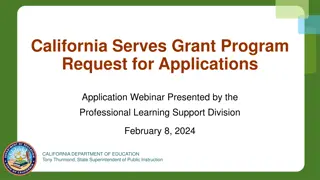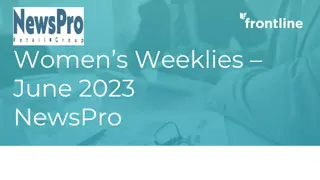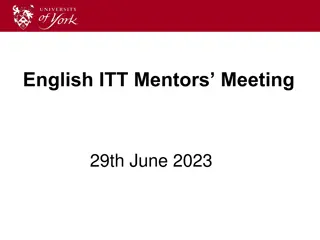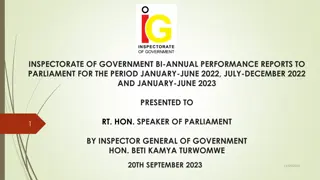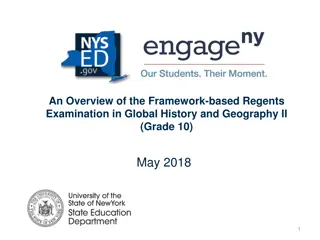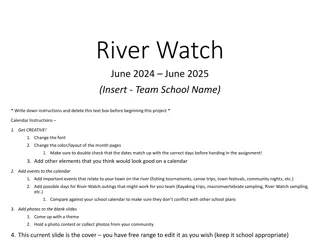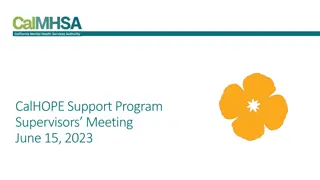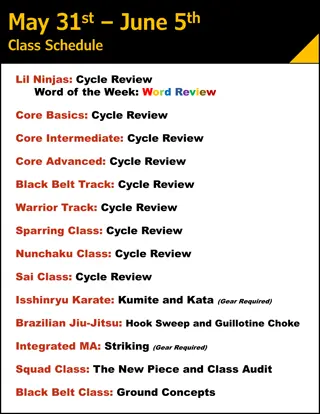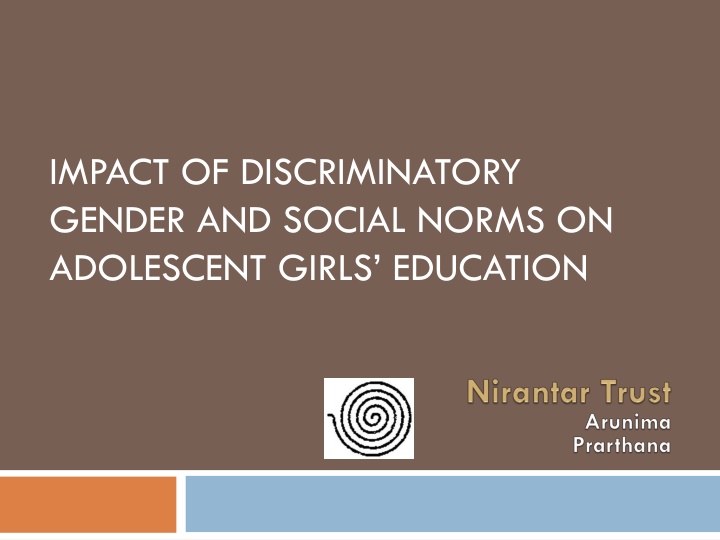
Impact of Discriminatory Gender and Social Norms on Adolescent Girls' Education in India
Explore the impact of discriminatory gender and social norms on adolescent girls' education in India, including challenges faced, government initiatives, and perspectives on gender and sexuality in the education system.
Download Presentation

Please find below an Image/Link to download the presentation.
The content on the website is provided AS IS for your information and personal use only. It may not be sold, licensed, or shared on other websites without obtaining consent from the author. If you encounter any issues during the download, it is possible that the publisher has removed the file from their server.
You are allowed to download the files provided on this website for personal or commercial use, subject to the condition that they are used lawfully. All files are the property of their respective owners.
The content on the website is provided AS IS for your information and personal use only. It may not be sold, licensed, or shared on other websites without obtaining consent from the author.
E N D
Presentation Transcript
IMPACT OF DISCRIMINATORY GENDER AND SOCIAL NORMS ON ADOLESCENT GIRLS EDUCATION
Nirantars Work with Young People o NCERT Textbook writing A Social and Political Life, Classes 6 - 8 o Textbook Analysis A Feminist Critique of Nation and Identity o Sexuality Education for Young People Review of Sex Education Programs o A Heteronormativity Audit of RMSA A Higher Education Program in Schools in India (2013) o Early and Child Marriage in India A Landscape Analysis (2014) o Residential program for Adolescent Girls Janishala o Muslim Women s Leadership Program o Institutionalized Courses: Gender and Education; Yuva, Yaunikta, Adhikar
Context of Education in India o Right to Education Act 2009 (Elementary Education) high level of stated commitment on the part of the State and within that to girls education. o Gender - core area of concern for the State: enrolment, retention and completion rates. o Policies and schemes being operationalized eg. -free uniform, textbooks, mid-day-meals, hostels, bridge courses, toilets for girls, appointment of women teachers and awareness campaigns. o RMSA as a scheme- draws on some of the core components of SSA and RTE
Rashtriya Madhyamik Shiksha Abhiyan Program o A scheme of the government of India to make good quality education available, accessible and affordable to all young persons in the age group of 14-18 years. o To provide a secondary school within a reasonable distance of any habitation o Removing gender, socio-economic and disability barriers and providing universal access of secondary education o Universal retention o Envisage to achieve an enrolment rate of 75% within 5 years of implementation o Provide universal access to secondary level education by 2017, achieving universal retention by 2020
Understanding Education from A Gender and Sexuality Perspective o Gender is not identity that exists in isolation o Other social identities influence and impact the access to, provision of and inclusion of adolescent girls in schools o Girl as a biological category. Therefore, transgender not being recognized. o Not exclusively female assigned at birth o Educational systems constantly recreating gender binaries. Not inclusive of those that do not identify with being boys or girls o Gender based Discrimination and Violence faced by transgenders within school o Gender limited to number of girls, number of women teachers, or role reversal
Education not seen as a right/ means of Empowerment o Looking at education from a feminist perspective respect local context and knowledge, feminist pedagogy o Education cannot be seen in isolation o Education is not seen as a right o Investing in boys education, guaranteed returns o Money that can be invested for girls , saved for her marriage o Educational qualification proportional to value in marriage market, only till certain level of education
Sexuality Remains Absent As A Pull Out Factor o Fear of sexual harassment, violence o Fear of girls eloping, using their consent and agency o Sexuality of adolescent girls directly linked to the honor of family, community o Girls who want to continue education, constantly need to negotiate, pressure to be a good girl
Early Marriage As A Barrier To Education o Girls pulled out of school, easier to reinforce gender norms of being a good wife and achhi aurat o All government cash benefit schemes geared towards girls education only unmarried girls can access post 18 years of age. o Most girls are married by 15-16 years and cannot access schemes o Schools and other educational set up do not cater to young married girls
Curriculum, Classroom Processes and School Set-up o Curriculum reinforces heteronormativity, strengthening patriarchy. Provisions also reinforce the gender binary - uniforms, playground spaces, toilets o Lack of comprehensive curriculum for those who are left out of the educational system. o Internalization of prevalent social norms by adolescent girls, school staff. Experiences of same kind are converted into values and such values are converted into ideology. o Low self esteem and confidence, low participation, lack of interest o Sports activities ( Inclusive learning) o Higher education options for girls are limited due to defined gender norms.
Understanding Adolescence Age as an axis of power Young people don t know anything Risky period or transitional phase We do not understand their anxieties, desires, fears, aspirations Have our own fears and anxieties and not equipped to work with them Focus is on making them ideal citizens Positive enabling approach to sexuality
Experience of Working with Adolescent Girls o Janishala Residential School for Adolescent Girls, Lalitpur o 4 batches, 105 Dalit and Tribal girls o Muslim Women s Leadership Program (in partnership with Sanatkada Samajhik Pahel), Lucknow o 3 batches, 60 Muslim girls o Curriculum, Pedagogy and Approach o Body is political o Market, Jal-Jangal-Zameen, Society, Media, Literacy and Numeracy o Feminist, participatory, Learner - centered approach and pedagogy o Teachers training o ICT as a tool for Empowerment o Learning photography, videography and computer o Building perspective on gender and sexuality, building leadership capacities
Recommendations o Long term, sustainable programs for young people o To invest in creating positive and empowering material for, about and with young people o Understanding gender beyond the binary on men and women o Capacity and Perspective building on gender and sexuality o With School staff, educators, government official, policy makers o Organizations that work with young people, on SRHR, GBV/VAW, education o Dialogues with Funding organizations





